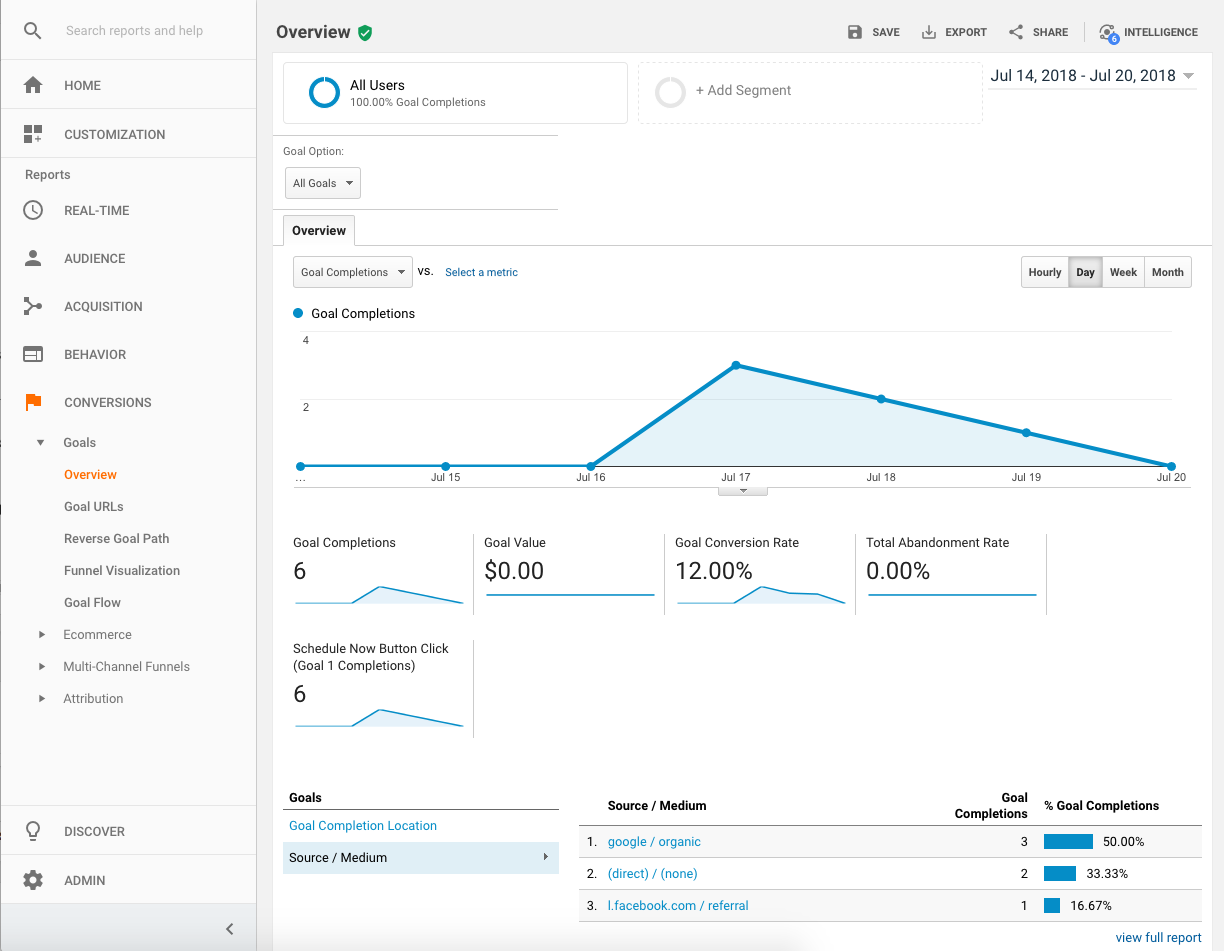Unveiling the Blind Attractions: Comprehending What Google Analytics Goals Can not Measure
In the world of digital analytics, Google Analytics stands as a powerful tool for tracking and assessing on-line individual interactions. Recognizing what Google Analytics goals can not measure is crucial for getting an extensive view of user actions and interaction.
Individual Behavior on External Platforms
Comprehending how users interact on exterior systems is crucial for enhancing online methods. External systems, such as social media sites networks, reference internet sites, and on-line discussion forums, play a substantial role in driving website traffic to a business's website. By analyzing customer actions on these platforms, businesses can get useful understandings right into the efficiency of their advertising and marketing initiatives and the preferences of their target market.
One trick facet of customer habits on exterior platforms is the reference source. By tracking where the customers are originating from, services can recognize which platforms are driving one of the most traffic to their site. This details can help firms assign their resources extra successfully, concentrating on the platforms that yield the very best outcomes.

Offline Interactions and conversions
Examining user behavior on exterior platforms gives useful understandings into on-line methods; nonetheless, thinking about offline conversions and communications is equally necessary for a thorough understanding of a business's general efficiency. While Google Analytics excels at tracking online interactions, it drops brief in catching the total consumer trip that frequently consists of offline touchpoints. Offline conversions, such as in-store purchases or phone questions, play a significant role in numerous companies' success. Disregarding these interactions can cause a distorted sight of the performance of advertising and marketing campaigns and overall service performance.

Attribution Beyond Last Click
When diving into the world of digital advertising analytics, it ends up being important to look past the solitary touchpoint of the last click for a much more extensive understanding of attribution. While Google Analytics offers important understandings into individual behavior, depending only on last-click attribution can be restricting - what data is google analytics goals unable to track. Acknowledgment versions that go past the last click supply a more nuanced sight of the consumer journey, thinking about all the touchpoints that result in a conversion
Attribution past the last click allows marketing experts to designate credit rating to different communications along the conversion path, giving a clearer photo of the efficiency of different marketing networks. By exploring multi-touch attribution versions such as straight, time degeneration, or position-based acknowledgment, companies can better designate their advertising and marketing budget plans and maximize their approaches for optimal influence.
Comprehending the influence of each touchpoint in the conversion procedure is important for making notified decisions click here for info and maximizing ROI. By welcoming acknowledgment beyond the last click, services can obtain much deeper understandings into customer actions and tailor their advertising efforts more successfully.
Cross-Device and Cross-Browser Tracking

In a similar way, cross-browser monitoring matches cross-device monitoring by catching user habits as they change between different web internet browsers. Understanding just how individuals engage with web sites on different internet browsers can aid marketing professionals enhance their online experiences to make sure consistency and performance across different systems.
Qualitative Data and Customer Intent
Understanding user intent through qualitative data evaluation is essential for creating targeted electronic advertising and marketing methods that reverberate with the demands and choices of the target market. Qualitative information supplies insights right into the 'why' behind customer actions, clarifying inspirations, emotions, and preferences that measurable information alone can not record. By analyzing user feedback, comments, and interactions, marketing professionals can uncover useful details regarding customer intent, enabling them to customize their messaging, web content, and offerings to better straighten with what their target market why not check here is looking for.
Qualitative data additionally assists in recognizing the context in which users involve with a site or application. This contextual understanding makes it possible for marketing experts to develop even more individualized and appropriate experiences, eventually driving higher engagement and conversion prices. By diving right into user intent via qualitative data evaluation, services can obtain a deeper understanding of their target audience, bring about more efficient advertising strategies that meet individuals' assumptions and demands.
Conclusion
To conclude, Google Analytics objectives have constraints in measuring user habits on external platforms, offline conversions, attribution beyond last click, cross-browser and cross-device tracking, and qualitative information connected to individual intent. what data is google analytics goals unable to track. It is very important for organizations to be familiar with these unseen areas in order to supplement their data evaluation with various other devices and methods to gain an extra comprehensive understanding of their target market and improve their general electronic marketing methods
By analyzing user habits on these platforms, companies can acquire important understandings into the performance of their click over here now advertising efforts and the choices of their target audience.
Examining customer actions on external systems provides important insights right into on the internet strategies; however, considering offline conversions and communications is similarly important for an extensive understanding of a company's general performance.In electronic marketing analytics, relocating beyond last-click acknowledgment to discover cross-device and cross-browser tracking is crucial for obtaining an all natural understanding of user communications across numerous platforms and devices. By examining customer feedback, remarks, and communications, marketing experts can reveal beneficial details about customer intent, enabling them to tailor their messaging, material, and offerings to much better line up with what their audience is seeking.
By delving right into individual intent via qualitative information evaluation, services can get a deeper understanding of their target audience, leading to much more reliable advertising and marketing techniques that fulfill customers' requirements and assumptions.